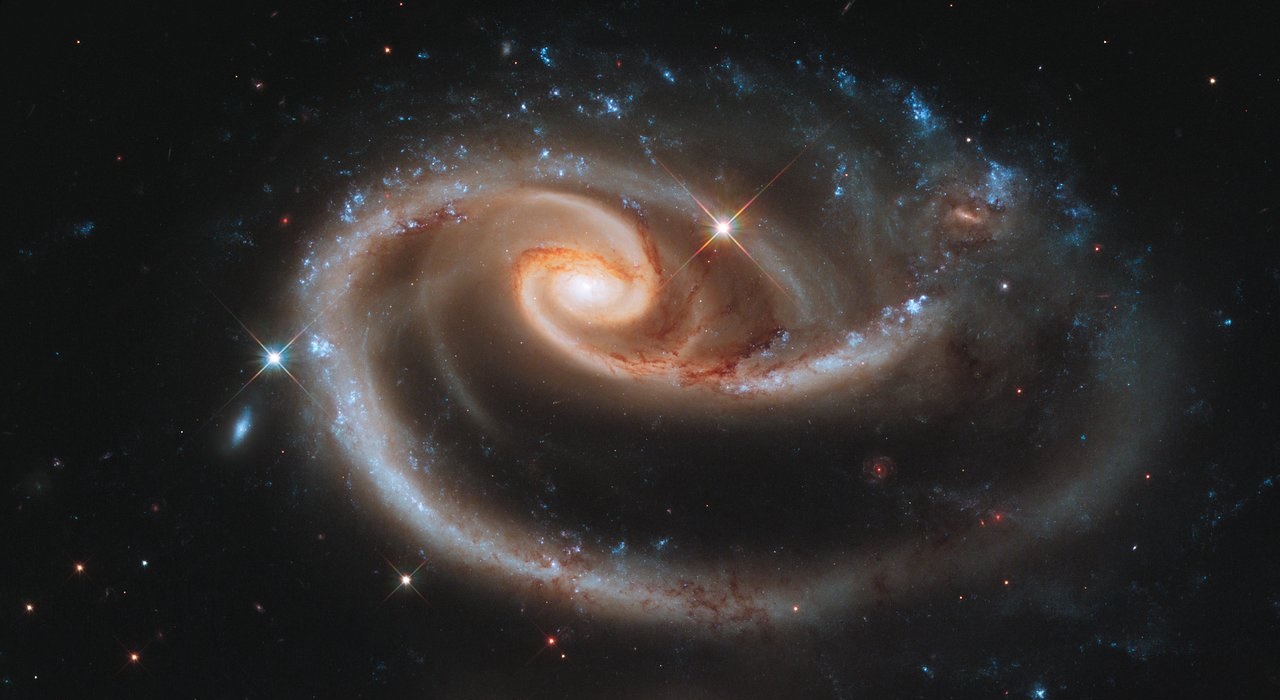
Smashing galaxies into dust
06-06-2024
Dr William James Pearson will investigate how we can more reliably identify galaxy mergers using their morphologies and how mergers influence their dust content, dust attenuation, and metallicity. This will be done by combining artificial intelligence (AI) with more traditional methods to detect galaxy mergers as well as use state of the art. observations and techniques to study the galaxies’ dust and metal. Exploration of this fascinating topic will be possible thanks to a grant from the National Science Center under the SONATA programme.
Galaxies, large structures of stars, dust, and gas, do not live in isolation but tend to find oneanother and collide. During these collisions, the stars, dust, and gas in the galaxies are forced to move around violently, forming the beautiful structures we see in images of galaxy mergers. This motion of material can cause more stars to be formed at a much higher rate than would otherwise happen. This star-formation also has implications for the amount of dust and metals that are present in the galaxies, and how the dust obscures light. However, we do not have a solid idea of how the galaxy mergers change the amount of dust and metal present in a galaxy, or how the dust attenuates emission from the stars. To add to this, finding galaxy mergers is a non-trivial endeavour.
"For detecting galaxy mergers, this project will use images and morphological data of known galaxy mergers to compare AI results with results using morphology" – describes project leader dr Pearson. "It will continue to create new morphological parameters that can function with a similar ability to AI, assuming that AI works the best in the first experiment".
This project of Astrophysics Division team will also use data from large simulations of our universe to train an AI to identify galaxies that are about to merge (pre-mergers) and have just collided with another galaxy (post-mergers).
Parallel to this, the project will study the dust content of galaxy mergers and compare it to the dust found in non-merging galaxies. This will use state of the art. tools to extract the best information form state of the art. data in the infrared, a key component for dust mass estimation. These data will also be used to help better understand how this dust hides optical light in merging galaxies compared to non-merging systems. These dust studies will be done for merging galaxies as well as pre-merging and post-merging galaxies, once the AI to detect these two merger stages has been finalised. The project will also look at the metallicity of merging galaxies compared to non-merging galaxies. This will help us understand how galaxy interactions influence the amount of heavier elements present in galaxies.
With highly accessible techniques that will be developed in this project, the modern technologies used, and modern and near-future data sets, this work will be highly impactful and will influence future galaxy merger research.
In 2022, Dr William James Pearson received a scholarship from the Polish Minister of Education and Science for outstanding young scientists demonstrating significant achievements in scientific activities. He was one of three young scientists awarded scholarships in the astronomy category.
Congratulations on the next success and we are waiting for the results of this extraordinary research work.





